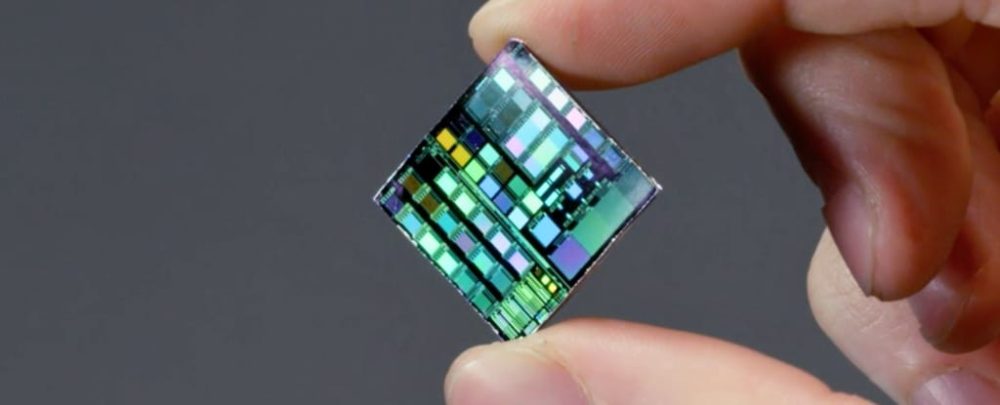Smaller, faster, more efficient – but not without challenges.
On April 1, 2025, Taiwan Semiconductor Manufacturing Company (TSMC) unveiled the world’s most advanced microchip—the revolutionary 2-nanometre (2nm) chip. With mass production expected in the second half of the year, this leap promises to redefine what’s possible in performance, power efficiency, and technological innovation.
Microchips are the brains behind nearly every modern electronic device—from smartphones and laptops to toothbrushes and autonomous vehicles. The smaller and denser the chip, the more transistors it can house—leading to faster, more capable, and energy-efficient computing.
Why 2nm Matters
Compared to the current 3nm chips, TSMC’s 2nm technology delivers:
-
10–15% faster computing at the same power level, or
-
20–30% reduced power consumption at the same performance level
-
15% increase in transistor density—allowing devices to do more with less
That means sleeker smartphones with longer battery life, laptops running cooler and quieter, smarter AI systems capable of real-time translation, advanced robotics, and fully autonomous systems.
The Global Stakes of Miniaturization
Beyond tech specs, this breakthrough carries massive geopolitical and economic weight. Taiwan, home to TSMC, produces over 60% of the world’s outsourced chips, with TSMC alone handling the vast majority. This has earned the island its unofficial “Silicon Shield,” reflecting its strategic value in global tech and security.
TSMC recently inked a $100 billion deal to build five new fabs in the U.S., yet there’s concern over whether its most advanced chips—like the 2nm—can be manufactured outside Taiwan. Some believe moving production away could weaken Taiwan’s critical bargaining chip in international diplomacy.
Powering the Digital Titans
TSMC manufactures chips for some of the world’s biggest names:
-
Apple’s A-series chips (iPhones, iPads, Macs)
-
NVIDIA GPUs (used in AI, HPC, and machine learning)
-
AMD’s Ryzen and EPYC processors
-
Qualcomm Snapdragon (powering Samsung, Xiaomi, OnePlus, and Pixel devices)
TSMC has pushed boundaries with each generation—from the 5nm FinFET nodes in 2020 to the 3nm jump in 2022. The new 2nm chips could mark the beginning of a new technological renaissance.
The Challenges Ahead
This progress doesn’t come without hurdles. Manufacturing 2nm chips requires extreme ultraviolet (EUV) lithography, a costly, high-precision process. As chips get smaller, heat management becomes critical, and silicon may soon reach its physical limits, prompting a search for new materials.
Still, the benefits are hard to ignore. Data centers powered by 2nm chips could cut energy use dramatically, helping achieve global sustainability goals. Devices could become faster, lighter, and smarter—without sacrificing power.
Final Thoughts
TSMC’s 2nm chip might be small in size, but its implications are massive. From consumer tech to national security and sustainability, this next-gen node is poised to power the future—if we can overcome the heat, cost, and complexity that come with it.


